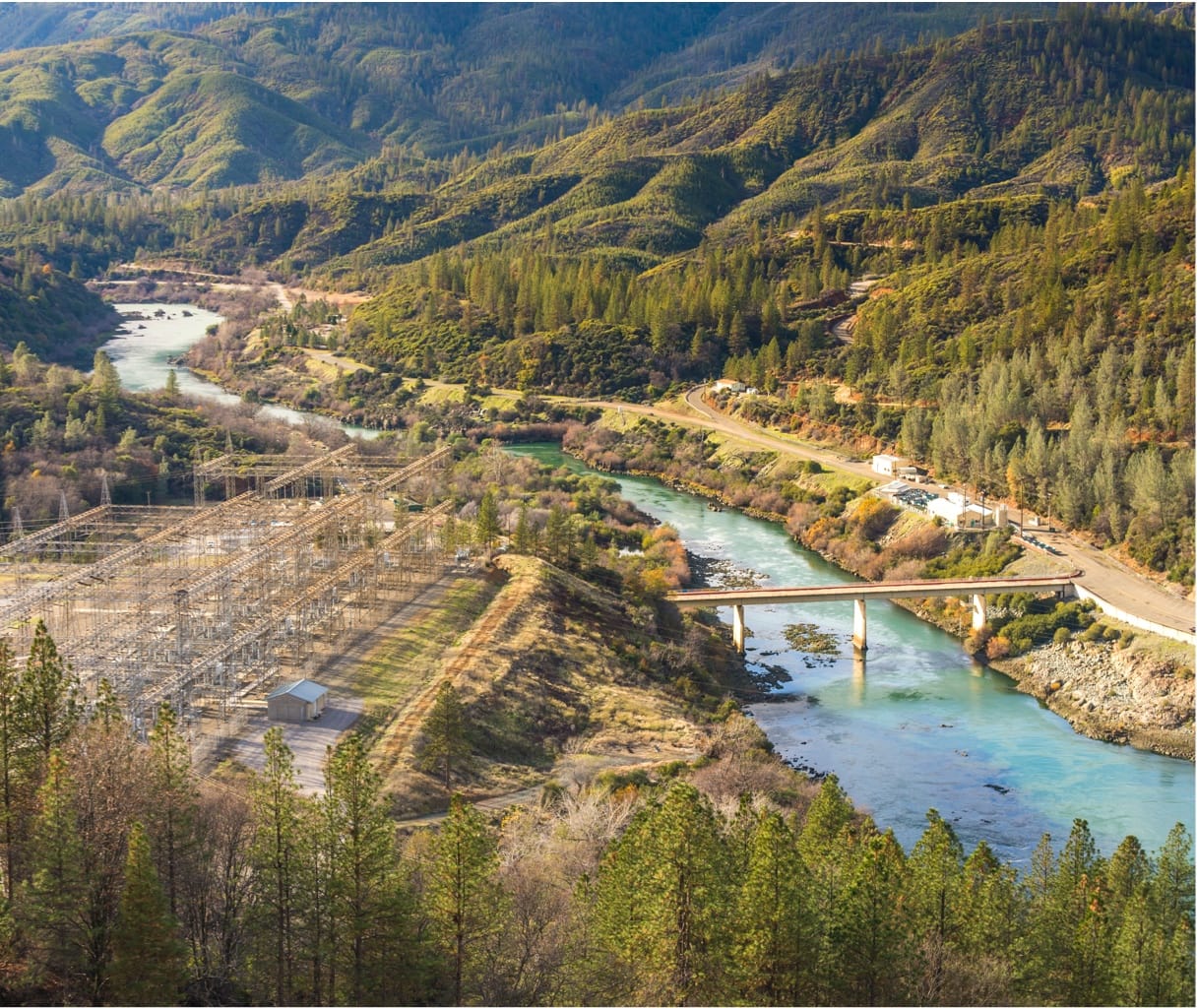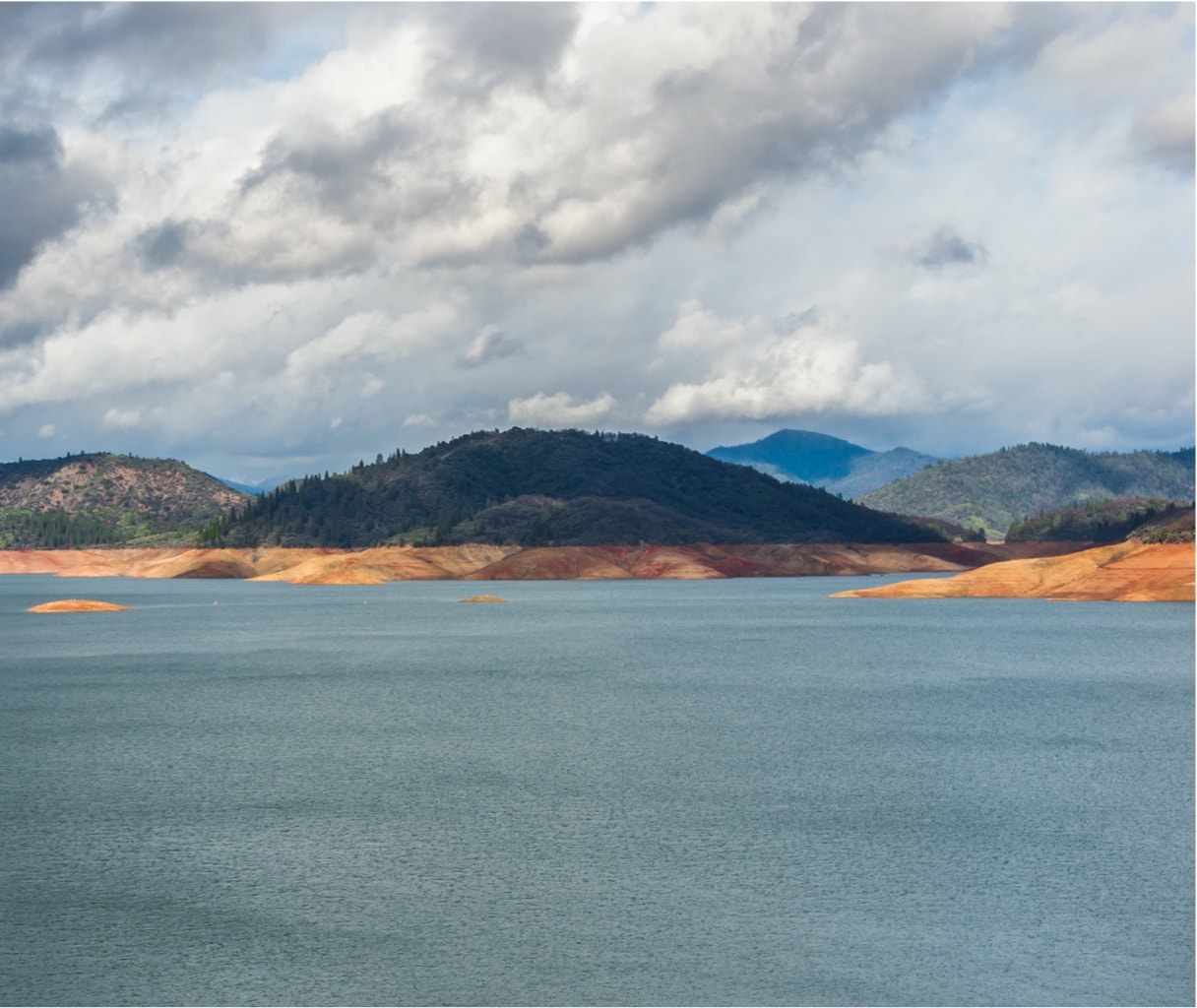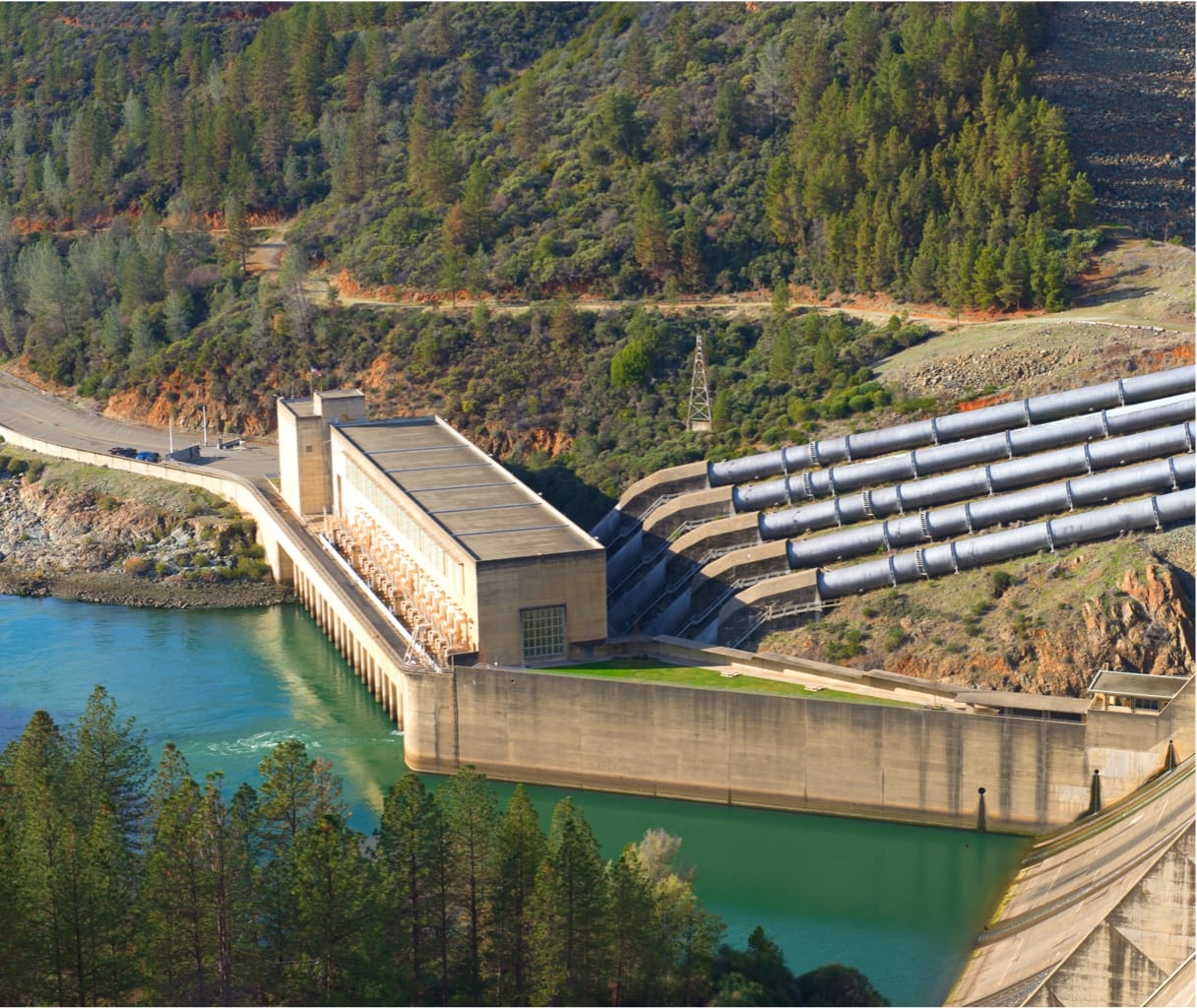About the Northern California Power Agency
Established in 1968, the Northern California Power Agency (NCPA) is a Joint Action Agency that provides clean, responsible, and affordable electricity to its member utilities and districts in Northern and Central California. NCPA members include municipalities, rural electric cooperatives, irrigation districts, and other publicly owned entities interested in the purchase, aggregation, scheduling, and management of electrical energy. The NCPA manages seven power plant sites with a capacity of over 600 megawatts – including geothermal steam, hydroelectric, and natural gas-fired facilities – that together amount to a 96% emission free generation portfolio. The NCPA is a Federal Energy Regulatory Commission (FERC) cooperator and works closely with the US Geological Survey (USGS) to fulfill its regulatory reporting requirements.
The Challenge: Efficiently Meeting FERC & USGS Reporting Requirements
As a FERC cooperator, the NCPA must keep official records and monitor compliance to a number of license terms and conditions (for example minimum flow requirements) in addition to Commission rules and regulations. Annually, the NCPA must prepare lengthy compliance filings and submit them to the USGS for approval and publishing.
“Prior to deploying AQUARIUS, we had a very limited software package that supported only very basic USGS computations. It had poor visualization tools, and working the record was slow and painful,” said the NCPA. “This antiquated and unsupported software application did not have an adequate rating curve development tool – so we were quite literally back in the days of log log paper and drawing lines by hand on big 11 by 17 specialized paper.”
The NCPA needed a solution to streamline laborious reporting requirements. Over the course of a year and a half, the NCPA evaluated a number of different water accounting software packages. “After extensive research and many product demonstrations, we selected AQUARIUS. It was the best solution on the market, and we were impressed with the amount of development effort that was being spent to make it an even better product. Since the USGS uses AQUARIUS, it would allow us to manage and compute all of our water data in accordance with USGS standards,” shared the NCPA.

The Solution: AQUARIUS
The NCPA deployed AQUARIUS Time-Series. “We have AQUARIUS set up as a network, a central database available to many. We can keep our official records locked from a data quality point of view, but we can also provide better access to other NCPA team members located at other sites,” commented the NCPA.
The NCPA operates and maintains a total of 38 gauges, including: seven reservoir sites (reporting sub-minute real-time operational data and daily midnight contents), five AVM pipe discharge sites (reporting real-time discharge and daily average flow), 10 stream stage/discharge sites (some with weirs, some natural control), a few piezometer sites, several temperature gauges, and some calculated flow sites based on power output or elevation over a spillway or sporadic elevation reads. The NCPA has a wide deployment of WaterLog H-350XL pressure measurement systems and other pressure transducers. Most of its data is recorded on WaterLog H-500 systems, with backup data supplied by its SCADA system if needed.
As the NCPA’s water accounting solution, AQUARIUS is used to manage all official water records that the NCPA formally submits to the USGS. “AQUARIUS is the repository for all of our discharge measurements. Its data management capabilities are hugely beneficial,” noted the NCPA. “We use AQUARIUS to work our records to the USGS standards and their quality control mechanisms.”

The NCPA Depends on AQUARIUS for Regulatory Reporting
The NCPA must stay compliant to a number of FERC license terms and conditions. As previously mentioned, it must meet minimum stream and fish flows. The Agency is also obligated to maintain reservoirs at specific levels, which change depending on the time of year. And FERC is just one of many entities with regulations that the NCPA must follow. For example, the California Department of Fish and Game regulates ramping rates (how quickly gauging sites can increase or decrease).
The AQUARIUS Reporting toolbox allows customers of Aquatic Informatics to generate reports from a large list of templates, including the USGS Primary Computation Record. Reports can also be tailored and customized to match specific needs and regulatory reporting requirements.
All of our official water records are managed in AQUARIUS to streamline complex regulatory reporting requirements. Using AQUARIUS as our water accounting solution allows the NCPA to build accurate rating curves as well as manage and compute all of our water data in accordance with USGS standards – this is critical as a FERC cooperator interfacing with the USGS.


“We need to maintain accurate and defensible records to prove that we are meeting all of our regulatory requirements. We use AQUARIUS to manage all of the data that we use for compliance purposes, to justify and maintain that we are operating in accordance with our license terms,” noted Randy Bowersox, Manager, Hydroelectric Facilities at the NCPA. “While our previous solution had a dozen commands, AQUARIUS is much more powerful. We can produce a better record in less time. With AQUARIUS, we get a lot better visualization, a slew of additional tools, and the ability to streamline our reporting functions and share data. The AQUARIUS rating tool is particularly impressive and useful.”

The NCPA Builds Better Rating Curves Faster
Prior to deploying AQUARIUS, the NCPA developed rating curves using the traditional paper and pen method, which is time consuming and arduous, and often involves re-drawing entire curves.
“We have a much better handle on our ratings curves now with AQUARIUS. It’s just so much easier to look at how our current meter measurements compare to the active ratings and shifts. We can instantaneously create new ratings or apply shifts if measurements consistently deviate from a curve,” reported the NCPA. “The rating curves we build in AQUARIUS are used for our data analysis and reporting up to the USGS. We also import our rating curves into our SCADA system to support our day to day operations. Having accurate rating curves is very valuable to us and AQUARIUS has streamlined that process.”
One of the primary users of AQUARIUS is Matthew Parker, Civil Engineer, Hydroelectric Operations with the NCPA. “For the NCPA, the most important purpose for AQUARIUS is to interface with the USGS,” emphasized Matthew Parker. “With AQUARIUS, I am building rating curves with the same tools used by the USGS, allowing me to follow their standards.”
All of our official water records are managed in AQUARIUS to streamline complex regulatory reporting requirements. Using AQUARIUS as our water accounting solution allows the NCPA to build accurate rating curves as well as manage and compute all of our water data in accordance with USGS standards – this is critical as a FERC cooperator interfacing with the USGS.


Future Use of AQUARIUS: Paperless Reporting
Matthew Parker anticipates a future where paper reports are replaced by electronic reporting. “Paperless water records review may be just over the horizon since we are now using the same water data management platform as the USGS. I can envision the day when the NCPA and USGS merely share digital AQUARIUS files. It’s exciting to think of the potential efficiencies to be gained.”
Solution Highlights
-
Manage & compute all water data in accordance with USGS standards
-
Build more accurate rating curves in less time
-
Streamline regulatory monitoring/reporting requirements
